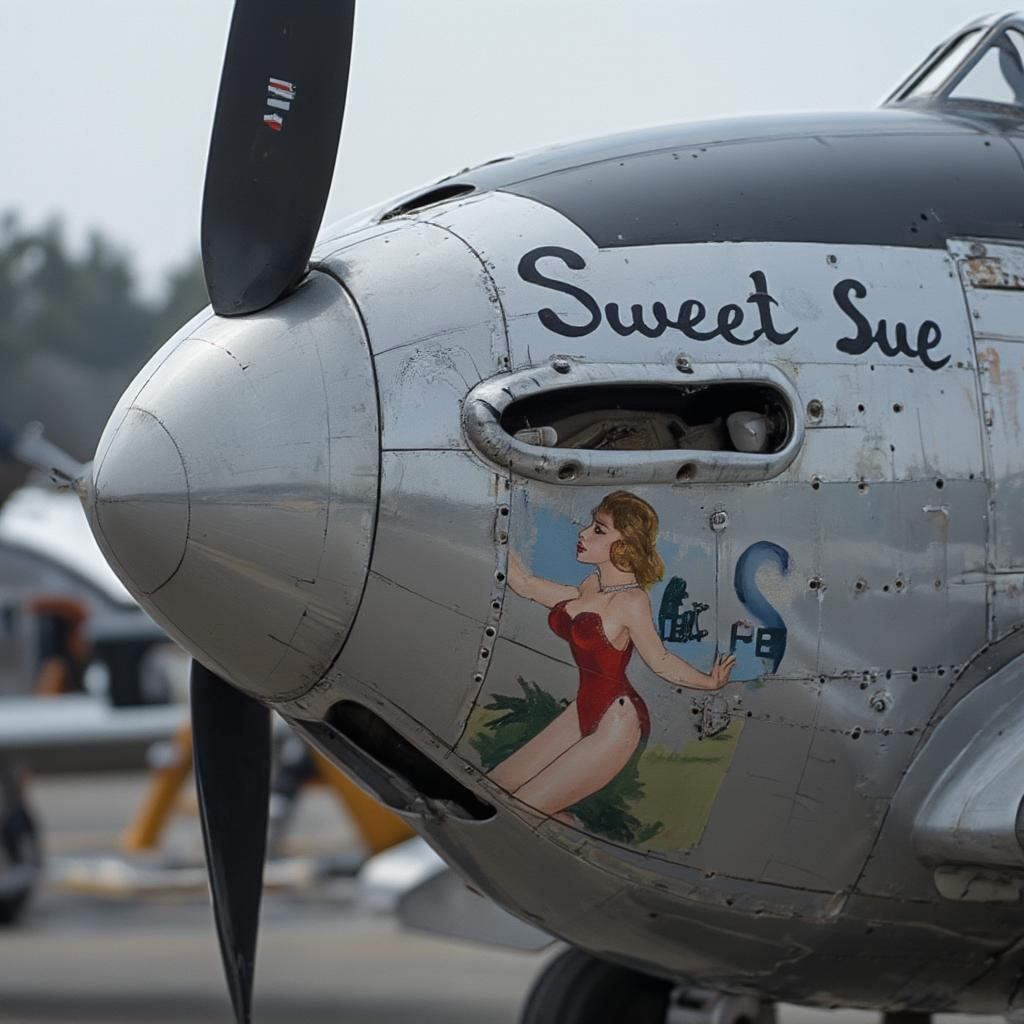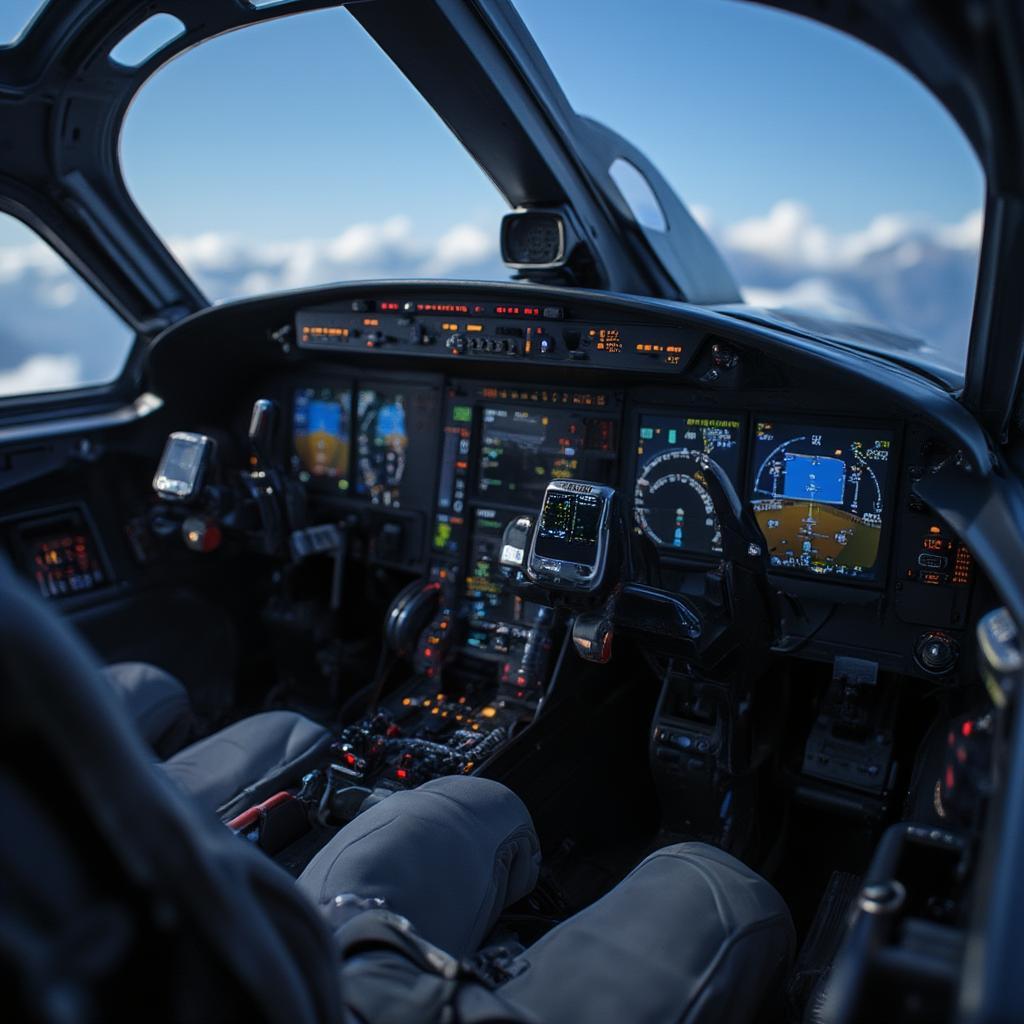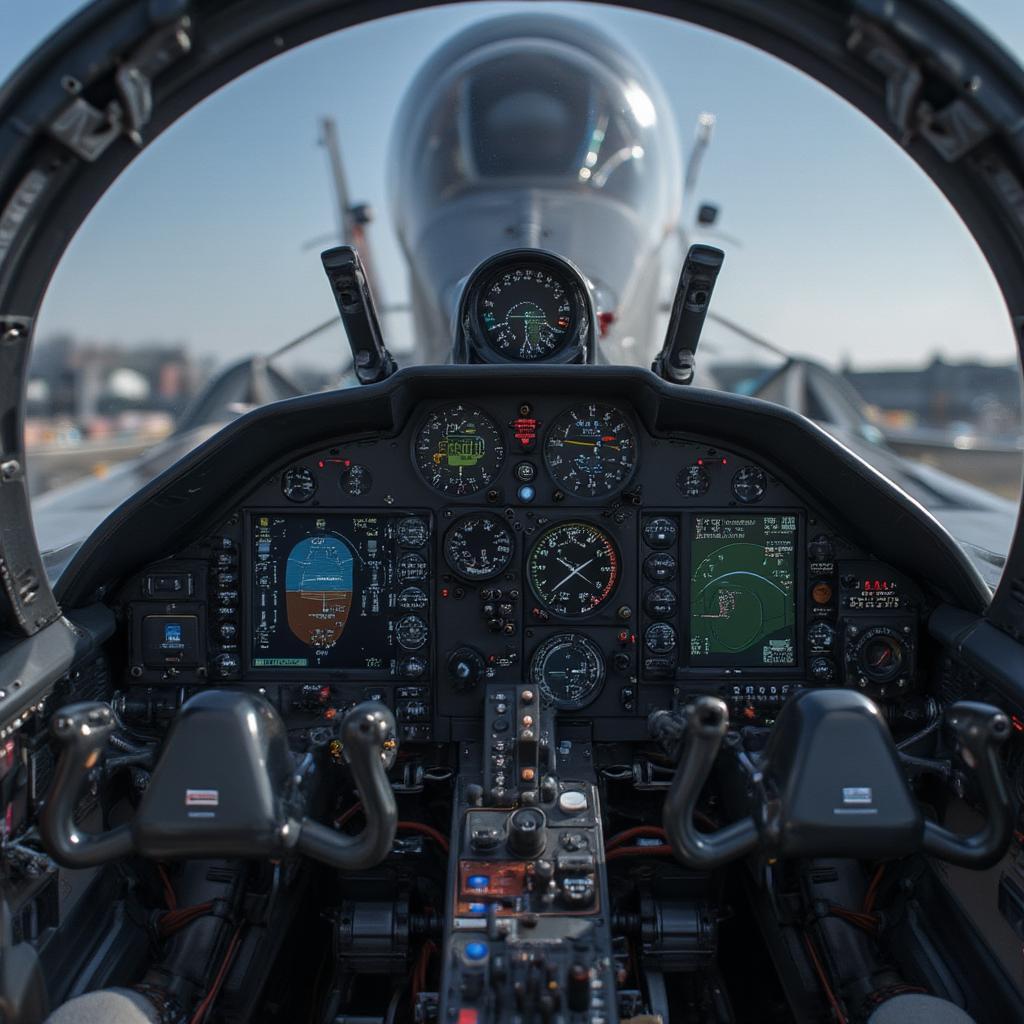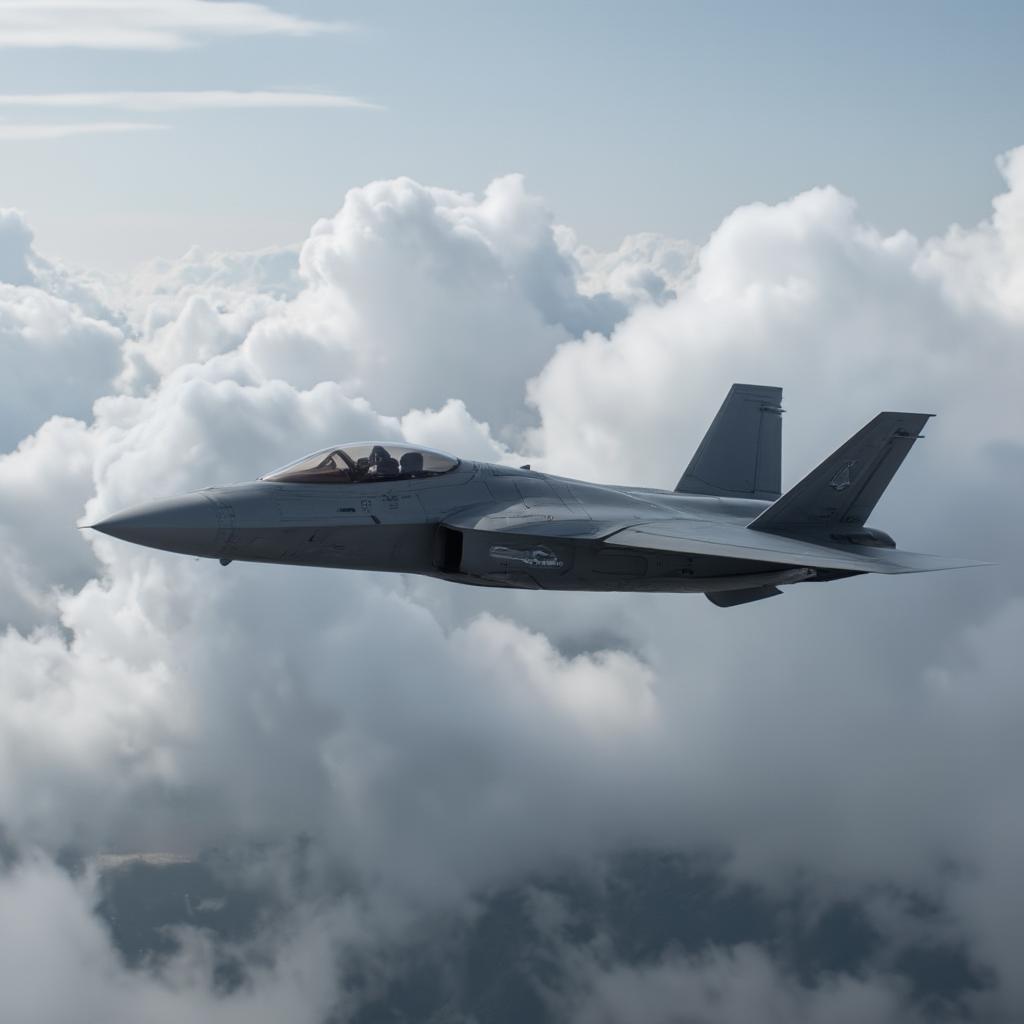The Dawn of Air Combat: Exploring the World of 1st Gen Jet Fighters
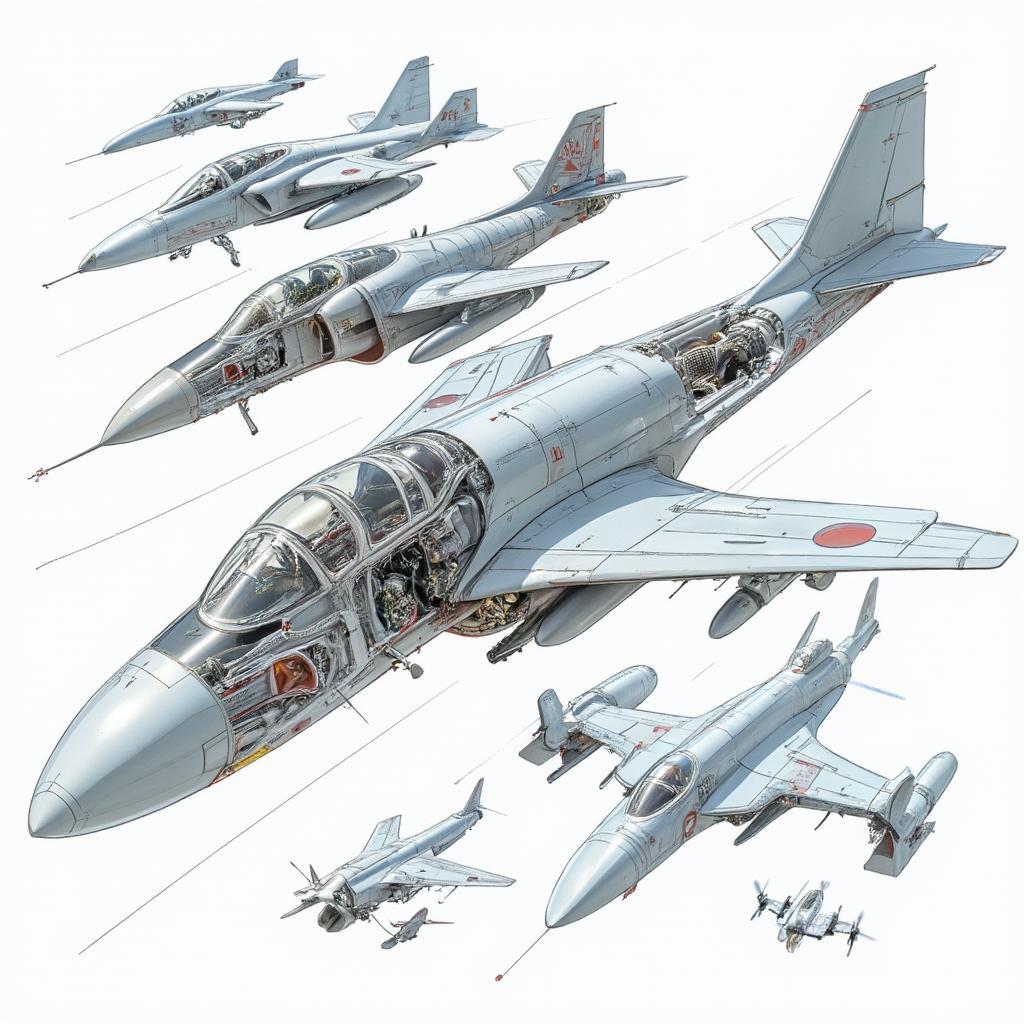
The advent of 1st Gen Jet Fighters irrevocably altered the landscape of aerial warfare, marking a monumental leap from propeller-driven aircraft. These pioneering jets, born from the urgency of World War II and its aftermath, represented not just technological progress, but a complete transformation in combat strategy and tactical engagement. They were the trailblazers that set the stage for all subsequent advancements in aviation technology.
The Birth of the Jet Age: Key Innovations of 1st Gen Jets
The transition from piston engines to jet propulsion was revolutionary. 1st generation jet fighters, while basic by today’s standards, introduced key innovations that would shape the future of aerospace. This included the axial-flow and centrifugal compressor engines, which gave these aircraft unprecedented speed and altitude capabilities compared to their propeller-driven predecessors. These weren’t just incremental improvements; they represented a paradigm shift. The Messerschmitt Me 262, for instance, while produced in limited numbers, gave the world a glimpse of this technological marvel and the power it would command.
How Did 1st Gen Jet Fighters Differ from Propeller Planes?
The differences between 1st gen jets and propeller aircraft were stark. Jets offered much higher speeds, allowing them to intercept enemy aircraft more effectively and to evade enemy fighters more easily. Additionally, jets could fly at higher altitudes, giving them a tactical advantage in aerial engagements. These advances not only increased their combat effectiveness but also changed the very nature of air-to-air combat. Whereas prop planes relied on maneuverability and close-range dogfights, jet fighters emphasized speed, altitude, and longer-range engagements.
“The introduction of jet engines wasn’t just an upgrade; it was a quantum leap in aviation. It completely rewrote the rules of air combat,” explains Dr. Evelyn Reed, a leading expert in aerospace history. “We moved from dogfights to high-speed interceptions, and the 1st gen jets were the harbingers of this new reality.”

Early Examples and Their Impact on Air Warfare
Several pioneering jet fighters emerged during this period, each playing a significant role in reshaping air combat doctrine. The British Gloster Meteor and the US Lockheed P-80 Shooting Star are among the most important examples. The Meteor, though less technologically advanced than the Me 262, was operationally deployed and made its mark in the later part of WWII, while the P-80 was one of the first US designs of its kind and became an important aircraft during the early years of the Cold War. These aircraft demonstrated the capabilities of jet propulsion in real-world combat scenarios, proving the viability of the technology and paving the way for future developments.
The Operational Challenges and Lessons Learned
The early jet fighters were not without their teething problems. The technology was new, and there were numerous operational challenges. Jet engines were relatively unreliable and required extensive maintenance. Fuel consumption was also high, limiting their range and loiter time. Training pilots to fly these advanced machines was another hurdle. However, these challenges also provided valuable learning experiences, driving further innovation in design and operational practices. Lessons learned from the first generation jet fighters played a crucial role in developing second and third-generation aircraft which were much more reliable and capable.
For example, the 5 th generation fighter jets we see today would be impossible without the experiences gained from those early models.
Tactical Shifts: How 1st Gen Jets Redefined Combat Strategies
The advent of 1st generation jet fighters necessitated significant changes in combat strategy. The speed and altitude advantages meant traditional dogfighting tactics became less relevant. Interception and high-speed attacks became the primary focus. This also led to changes in radar technology and fire control systems, as conventional methods of aiming became insufficient for the speeds at which these aircraft operated. The impact of these changes rippled through all aspects of military aviation.
How Did These Jets Influence Training and Doctrine?
The introduction of jet fighters changed not just the aircraft but also the training and doctrine of air forces. Pilot training had to adapt to the higher speeds and different operating procedures of jets. The use of flight simulators became crucial, as actual flight time was expensive and potentially dangerous. The training for engagements also had to change, focusing more on speed, altitude, and less on close-range maneuvering, laying the foundation for the future of air combat tactics.
“The first generation jets forced air forces to completely rethink their strategies,” says Major Thomas Blake, a former pilot and current military analyst. “The transition was not easy, but the lessons we learned from those early days continue to shape our understanding of air warfare to this day.”
Key Examples of 1st Gen Jet Fighters
Here are some of the notable aircraft of the 1st generation jet fighters that have made a huge impact:
- Messerschmitt Me 262: The first operational jet fighter, it was faster than any Allied aircraft of its time.
- Gloster Meteor: The first British jet fighter to enter service, it proved crucial in the last years of World War II.
- Lockheed P-80 Shooting Star: One of the first U.S. jet fighters and a mainstay of the Korean War era.
- Republic F-84 Thunderjet: Another U.S. design that saw extensive service during the Cold War.
- North American FJ-1 Fury: This plane was among the first U.S. Navy jet fighters.
These aircraft represent more than just technological leaps; they embody the spirit of innovation and adaptation that defines the history of military aviation.
The Legacy of 1st Gen Jets
The impact of 1st gen jet fighters extends far beyond the conflicts in which they participated. They paved the way for all subsequent jet fighter technology, influencing the development of more advanced engines, aerodynamics, and avionics. Their legacy can be seen in the next generation us fighter programs and the ongoing quest for air superiority. The fundamental principles of air combat that they introduced continue to inform military strategies today. The development of jet aircraft has been instrumental in the development of india future fighter aircraft program.
Moreover, the lessons learned from the design and operation of these early jets have impacted commercial aviation. Many of the technologies first developed for military jets have found their way into commercial airliners, making air travel safer and more efficient. Even the simulation and training methods developed for military pilots have had significant impact on the civilian sector. This is a true testament to the lasting impact of the pioneering achievements of the 1st generation jet fighters.
You can see the evolution and the legacy in the technology of modern 7th generation fighter jet.
The Human Element: Pilots and the Jet Age
The transition to the jet age was not just about machines, but also about the people who flew them. The 1st generation jet fighter pilots had to adapt to new aircraft with very different characteristics. They were pioneers navigating uncharted territory, with very little prior experience to rely on. The challenges they faced required not just flying skills, but also adaptability, problem-solving abilities, and nerves of steel. Their experiences shaped the modern air combat environment we have today. The stories of these early pilots underscore the human element of the technological revolution and the significant contribution of their dedication and bravery.
The Future Inspired by the Past
The 1st generation jet fighters might seem rudimentary by today’s standards but their impact on aviation is immeasurable. They were the starting point for the sophisticated aircraft we have today and the technological foundation on which all future advancements will be built. These early jets offer an important reminder of the speed of technological advancement and the ever changing nature of military strategy. They laid the foundation of the modern air warfare we see today.
While the technology may have evolved, the need for innovation and the importance of adapting to change remains constant. The legacy of 1st generation jet fighters provides a valuable lesson to the aerospace industry and military planners alike. It serves as a reminder that the quest for technological superiority is continuous and that future advancements build on the foundations laid by their predecessors. Those seeking the thrill of flight, may also enjoy the excitement in jet fighter arcade.
Conclusion
The 1st gen jet fighters were not just aircraft; they were revolutionary instruments that redefined the art of war. They marked the beginning of a new era in aviation and air combat, one that continues to evolve. They transformed tactical strategies, pilot training, and ultimately, the nature of aerial conflict. The pioneering spirit and technological innovations of those early years continue to inform military strategy and technological advancements today. The lessons learned and the legacy of these remarkable machines serve as an inspiration for the next generation of aviation.
FAQ
What was the main innovation of 1st generation jet fighters?
The main innovation was the introduction of jet propulsion, which provided unprecedented speed and altitude capabilities compared to propeller-driven aircraft, revolutionizing air combat.
How did 1st generation jets differ from propeller planes?
First generation jet fighters differed from propeller aircraft in that they were faster, could fly higher and did not have the limitations that propeller driven aircraft faced due to their mechanical design. These advantages changed combat strategies, prioritizing speed over maneuverability.
What were the challenges of operating 1st gen jet fighters?
Early jet fighters faced challenges including unreliable engines, high fuel consumption, limited range, and the need for specialized pilot training. These factors were part of the early learning process of new technology.
Who were some of the key manufacturers of 1st gen jets?
Key manufacturers included Messerschmitt (Germany), Gloster (UK), and Lockheed and Republic (USA), each contributing crucial designs to the evolution of jet technology.
How did 1st gen jets change combat strategy?
The introduction of jets led to a shift away from close-range dogfights towards high-speed interception tactics, and required changes to radar technology and fire-control systems.
How did these jets affect pilot training?
The introduction of jet fighters meant a shift to more sophisticated training programs using simulators as well as in-flight training in different maneuvers and operating procedures due to the higher speeds and altitudes.
Did the technology of 1st gen jets influence commercial aviation?
Yes, many of the technologies developed for military jet fighters, such as jet engines and aerodynamics, were eventually adopted by commercial aviation, which has made flying safer and more efficient.

